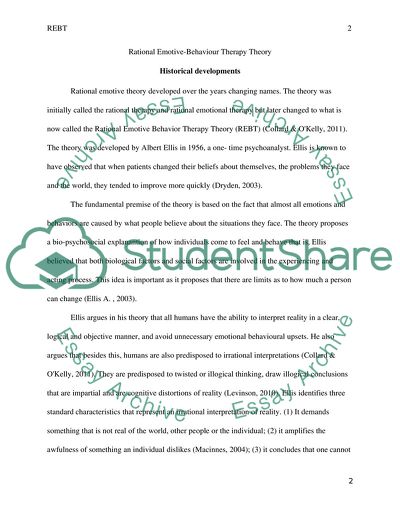Cite this document
(Rational-Emotive Behavior Therapy Theory Research Paper, n.d.)
Rational-Emotive Behavior Therapy Theory Research Paper. Retrieved from https://studentshare.org/psychology/1766269-rational-emotive-theory-argument-and-assumptions-part-i
Rational-Emotive Behavior Therapy Theory Research Paper. Retrieved from https://studentshare.org/psychology/1766269-rational-emotive-theory-argument-and-assumptions-part-i
(Rational-Emotive Behavior Therapy Theory Research Paper)
Rational-Emotive Behavior Therapy Theory Research Paper. https://studentshare.org/psychology/1766269-rational-emotive-theory-argument-and-assumptions-part-i.
Rational-Emotive Behavior Therapy Theory Research Paper. https://studentshare.org/psychology/1766269-rational-emotive-theory-argument-and-assumptions-part-i.
“Rational-Emotive Behavior Therapy Theory Research Paper”, n.d. https://studentshare.org/psychology/1766269-rational-emotive-theory-argument-and-assumptions-part-i.


